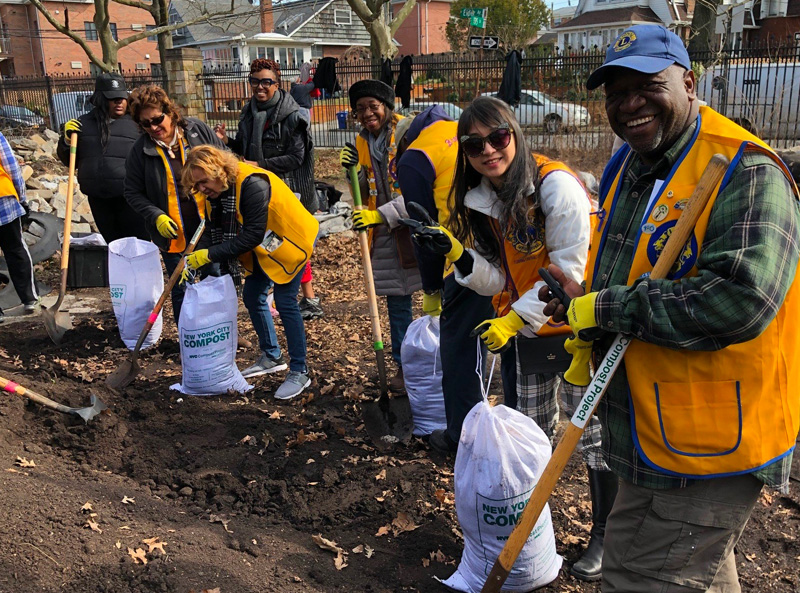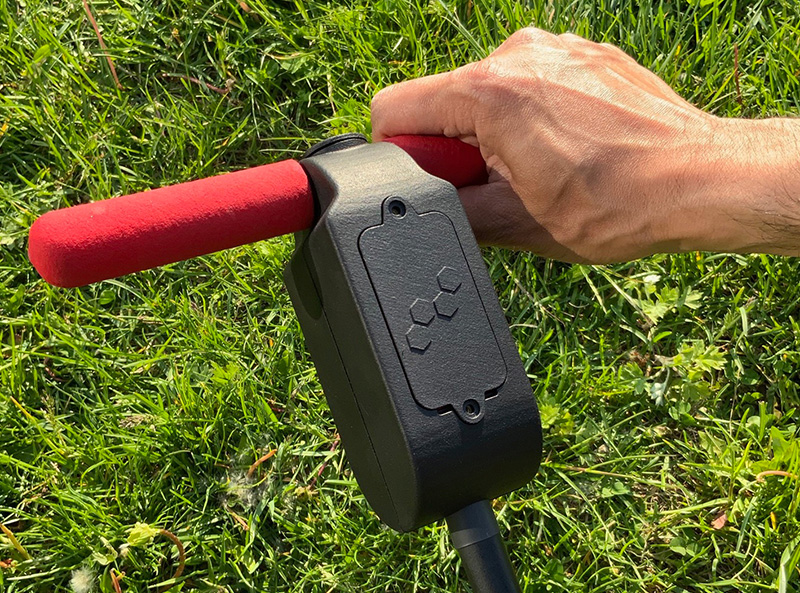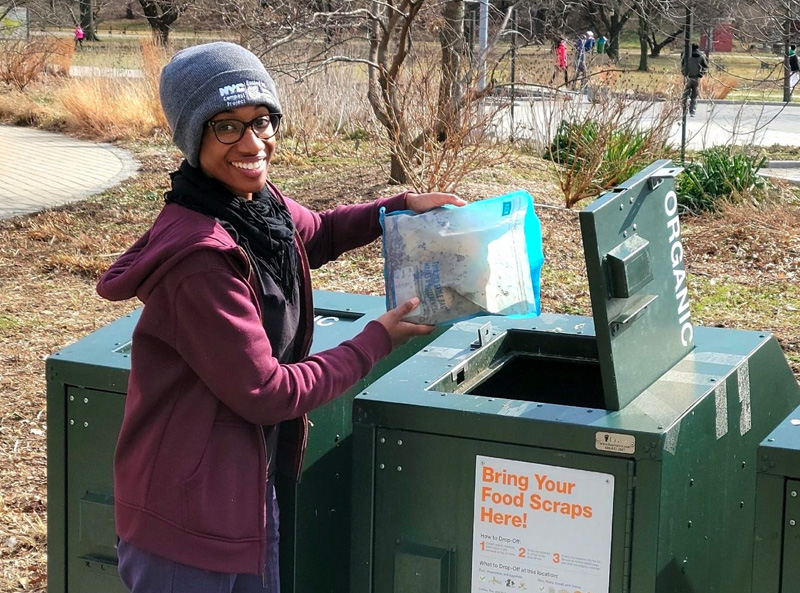Queens Botanical Garden
Composting for Community Needs

Smarter composting to meet community needs
Every year, New York City generates 1.3 million tons of food waste—about a third of the garbage thrown out in the city.
Thirty years ago, the New York City Compost Project was created to tackle this problem by educating the public on how to produce and use compost. The project has been operated by seven organizations, including the Queens Botanical Garden in Flushing, New York.
When the 39-acre garden began composting on its property in 2018, it hoped to produce material that residents could use to improve their own gardens. But the staff discovered that they could not distribute the composted material to the public unless all the pathogens were killed.
To destroy the contaminants, temperatures in the composting piles need to reach 131–165 degrees Fahrenheit for three consecutive days. For Queens Botanical Garden staff, manually monitoring those temperatures in large heaps of organic material, however, posed a considerable challenge.
“These piles are upward of 10-feet tall and 20-feet long,” said Chelsea Encababian, the garden’s compost project manager. “We couldn’t stand there all day and track the temperature so we could only get snapshots of it.”
It became clear to Encababian that the garden would need a new approach if it was to help divert food waste within the community through composting. She researched available technologies and discovered We Radiate, a startup based in Brooklyn that produces a novel compost-monitoring system. It collects real-time performance data from probes placed directly into compost piles. These analytics are then easily accessible by smartphone or computer.

Investing in temperature probes
In 2021, the garden received a $1,100 grant through the Food Waste Reduction and Diversion Reimbursement Program managed by the New York State Pollution Prevention Institute (NYSP2I) at Rochester Institute of Technology (RIT) to help offset the cost of purchasing the We Radiate monitoring system, which cost a total of $2,600.
Three probes were installed in the garden’s compost piles, sending temperatures to a satellite that could be accessed on the facility’s computers. “It’s constantly tracking our temperatures in our compost pile 24-7,” Encababian said. “And it makes it so much easier to understand how to improve our composting techniques.”
“It was such a relief that we were able to get part of the money granted back to us so we can spend it on the educational work that we want to do,” Encababian said.

Benefits for the garden and community
The technological improvement significantly increased the garden’s composting productivity. This, in turn, allowed it to divert more local food waste into a sustainable pathway. Today, the garden diverts nearly one ton of food waste per week. Since it installed the probes in 2019, it has kept a total of 318 tons of organic material from being dumped into landfills.
Beyond the food scraps, the garden also processes 15,000 pounds of weeds and other horticultural waste from its plantings each week through its compost operation.
For residents of Queens, the compost facility has become a place where they can drop off food scraps seven days a week. The finished compost is used on the garden’s grounds and distributed to community residents.
Encababian believes that Queens Botanical Garden’s improved composting operation will help residents understand how they can address climate change.
“With composting, you can see a real-world impact you can make in less than a year,” she said. “It makes climate action more tangible for people. So I think the grant not only takes that financial stress off of us, but it helps to reinvigorate the message about what composting can do.”





